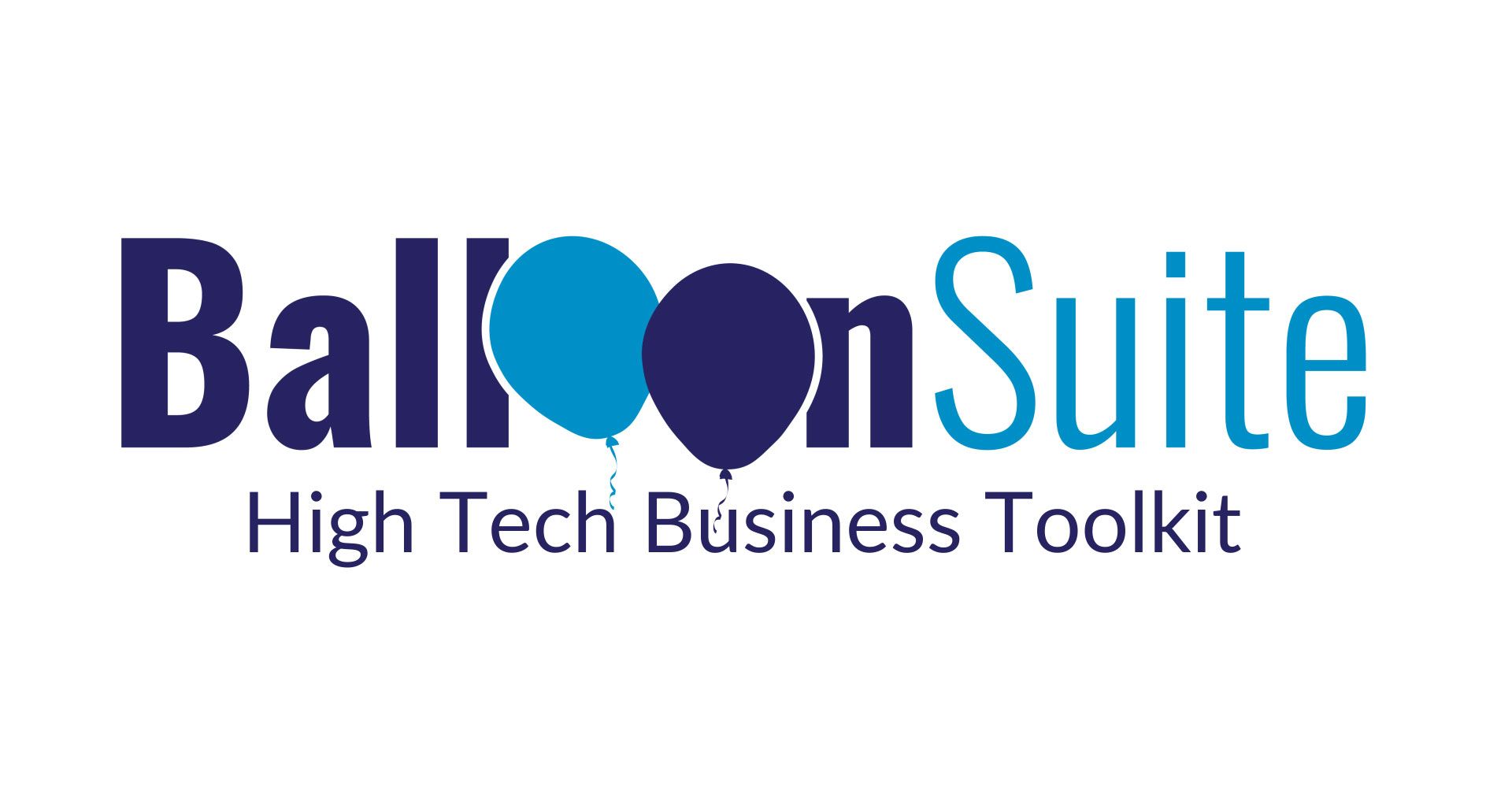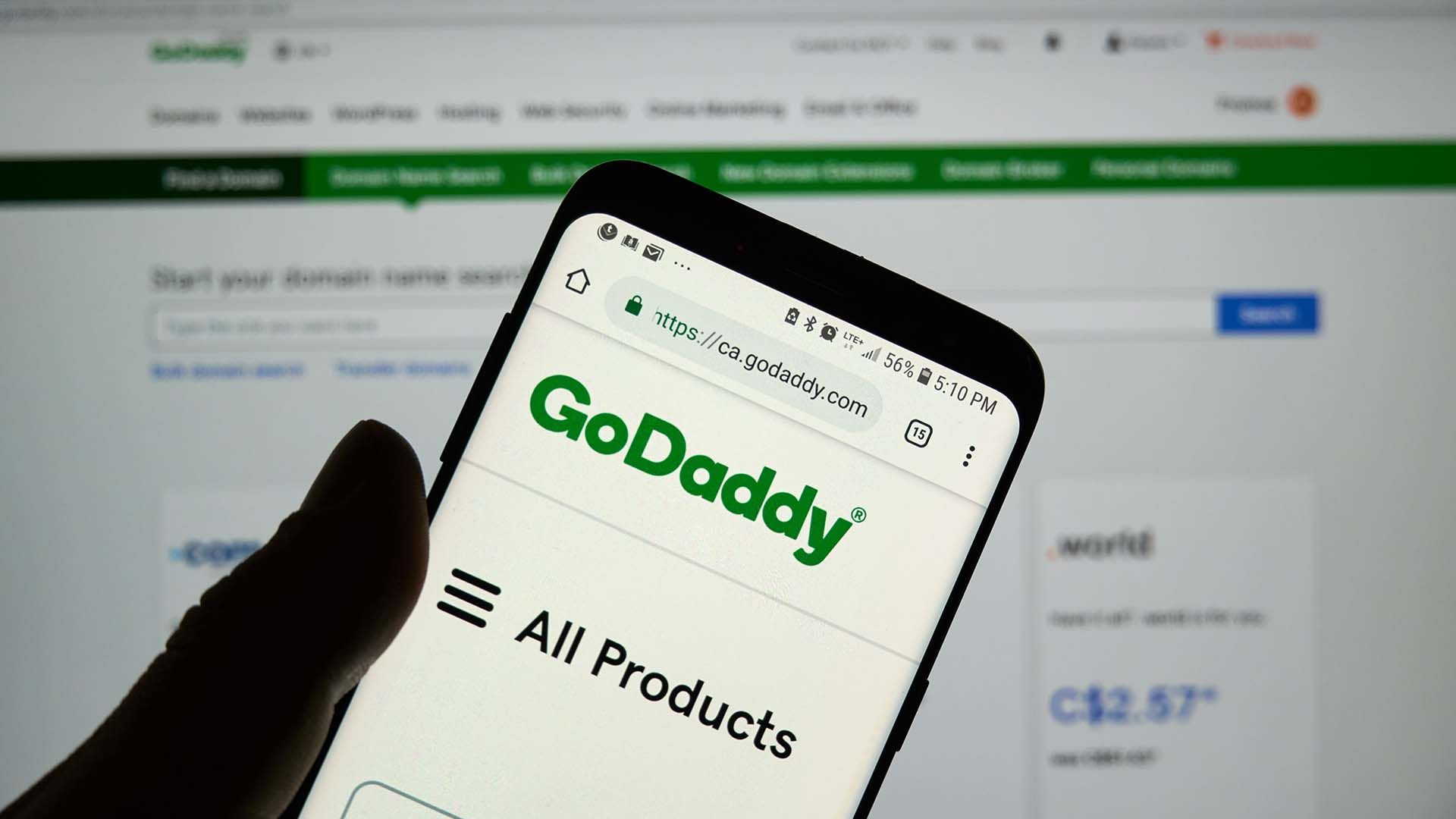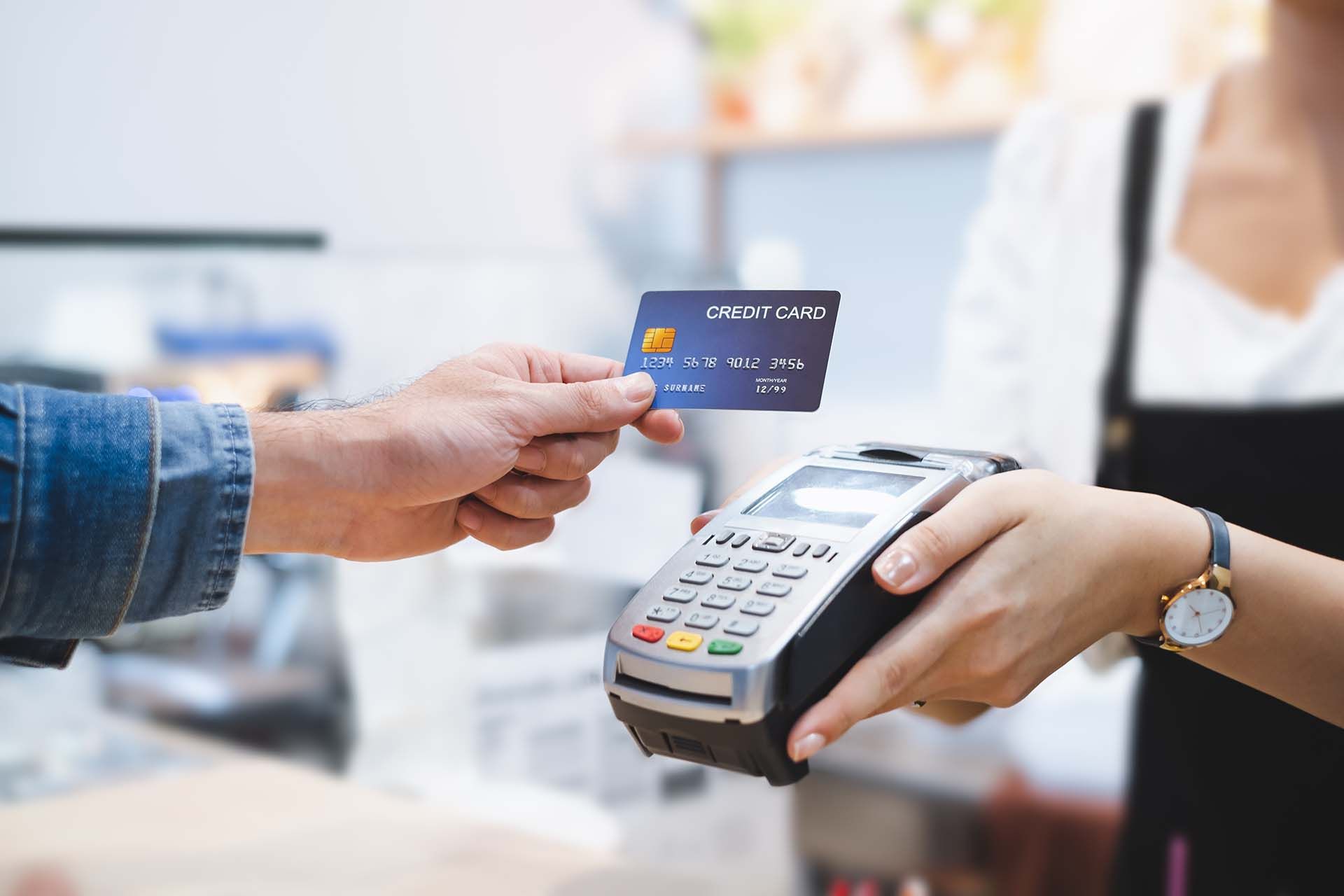Lesser-Known Financial KPIs for Event Service Businesses
Managing a business that offers event services involves more than just tracking traditional financial metrics like revenue and profit margins. To truly optimize your operations and ensure long-term success, it's essential to focus on specific, lesser-known KPIs that provide deeper insights into your business's financial health. Here are six critical KPIs that every event service business should consider monitoring.
1. Revenue per Staff Hour
- Why it’s important: This metric measures the efficiency of your workforce by determining how much revenue is generated for every hour worked by your staff. It helps you understand how effectively your team is converting their time into income for the business.
- How to calculate it: Calculate by dividing the total revenue by the total number of staff hours worked during a specific period.
- Formula: Revenue per Staff Hour = Total Revenue / Total Staff Hours
- Example: If your business generated $50,000 in a month and your staff worked a total of 1,000 hours, your revenue per staff hour would be $50.
By tracking this KPI over time, you can identify trends, set benchmarks, and make informed decisions about staffing levels and productivity improvements.
2. Profit per Staff Hour
- Why it’s important: While revenue per staff hour shows how much income is generated, profit per staff hour focuses on the actual profitability of your workforce. It provides insights into how well your team’s efforts translate into net profits.
- How to calculate it: This is calculated by dividing the total profit (revenue minus expenses) by the total number of staff hours worked during a specific period.
- Formula: Profit per Staff Hour = (Total Revenue - Total Expenses) / Total Staff Hours
- Example: If your business generated $50,000 in revenue and had $30,000 in expenses, with 1,000 staff hours worked, your profit per staff hour would be $20.
A low profit per staff hour may indicate inefficiencies in operations or cost management, prompting a review of pricing strategies or resource allocation.
3. Marketing Cost per Lead
- Why it’s important: Understanding how much it costs to generate a lead is crucial for optimizing your marketing budget. This KPI helps you determine the efficiency of your marketing campaigns in attracting potential clients.
- How to calculate it: Calculate by dividing the total marketing expenses by the number of leads generated within a specific period.
- Formula: Marketing Cost per Lead = Total Marketing Expenses / Number of Leads Generated
- Example: If you spent $5,000 on marketing and generated 100 leads, your cost per lead would be $50.
By comparing this metric across different marketing channels or campaigns, you can identify which strategies provide the best ROI and adjust your marketing spend accordingly.
4. Marketing Cost per New Lead Sale
- Why it’s important: Not every lead converts into a sale, so it’s essential to track how much it costs to not only generate a lead but also to close a sale with a new client. This KPI helps in assessing the true cost-effectiveness of your marketing efforts.
- How to calculate it: Calculate by dividing the total marketing expenses by the number of new lead sales within a specific period.
- Formula: Marketing Cost per New Lead Sale = Total Marketing Expenses / Number of New Lead Sales
- Example: If you spent $5,000 on marketing and converted 20 of those leads into new clients, your marketing cost per new lead sale would be $250.
This metric can highlight the efficiency of your sales process and help identify areas for improvement in both marketing and sales strategies.
5. Retention Percentage
- Why it’s important: Retaining existing clients is often far more cost-effective than acquiring new ones. Studies have shown that the cost to sell to a past customer can be up to five times lower than the cost to acquire a new customer. Additionally, repeat sales allow you to spread your marketing budget across a lifetime of sales, rather than just a single transaction. This means that a business with strong retention can afford to spend more on customer acquisition and marketing, thereby taking market share from competitors.
- How to calculate it: Calculate by dividing the number of clients retained over a specific period by the total number of clients at the start of that period, then multiply by 100 to get a percentage.
- Formula: Retention Percentage = (Clients Retained / Total Clients at Start of Period) x 100
- Example: If you started the quarter with 200 clients and retained 180 of them, your retention rate would be 90%.
A high retention percentage indicates strong client satisfaction and loyalty, while a low percentage may signal issues that need addressing, such as service quality or client communication.
6. Cancellation Rate
- Why it’s important: High cancellation rates can severely impact your business’s profitability, especially in the event services industry, where resources are often booked and non-refundable. A high cancellation rate suggests that changes may be needed in your sales process to reduce cancellations. This could involve setting clearer expectations with clients upfront, updating service agreements to ensure the business is protected in the event of changes or cancellations, and ensuring clear and transparent communication about what clients can expect if they need to cancel an event.
- How to calculate it: Track the percentage of booked events that are canceled by dividing the number of cancellations by the total number of booked events within a specific period, then multiplying by 100.
- Formula: Cancellation Rate = (Number of Cancellations / Total Number of Booked Events) x 100
- Example: If you had 50 booked events in a quarter and 5 were canceled, your cancellation rate would be 10%.
Analyzing the reasons behind cancellations can provide insights into how to reduce them, whether through improved client communication, better terms and conditions, or enhanced service offerings.
Turning KPIs into Actionable Business Improvements
Understanding KPIs is essential, but the real value comes from taking the insights these metrics provide and translating them into actionable steps that can improve your business. Here’s how you can take what the Retention Percentage KPI is communicating and choose actions to implement in your business for measurable improvement.
Example KPI: Retention Percentage
What it Communicates: The Retention Percentage KPI measures how well your business is maintaining relationships with existing clients and ensuring repeat business. A high retention rate indicates strong client satisfaction and loyalty, while a low retention rate can signal issues with your service quality, client engagement, or competitive positioning. If your retention rate is lower than desired, it means you’re spending more on acquiring new customers rather than maximizing the lifetime value of your existing ones.
Steps to Improve
1. Enhance Customer Experience:
- Action: Evaluate your current customer experience from the initial point of contact through to the post-event follow-up. Identify any areas where clients might be experiencing frustration or dissatisfaction.
- Implementation: Implement improvements such as faster response times, personalized service, and proactive communication. Ensure that every client feels valued and that their needs are met or exceeded throughout their engagement with your business.
2. Develop a Loyalty Program:
- Action: Encourage repeat business by offering incentives for loyalty. This could be through a formal loyalty program or by offering discounts and bonuses to returning clients.
- Implementation: Create a tiered loyalty program that rewards clients based on the number of events booked or the length of their relationship with your business. Offer exclusive deals, early access to new services, or complimentary upgrades to your most loyal customers.
3. Implement Regular Client Check-Ins:
- Action: Regularly check in with your clients to ensure they are satisfied with your services and to keep your business top of mind.
- Implementation: Schedule regular follow-up calls or emails after each event to gather feedback and address any concerns. Use a CRM system to automate and track these touchpoints, ensuring consistent and timely communication with all clients.
4. Personalize Marketing and Communication:
- Action: Use data to tailor your marketing efforts and communication strategies to the specific needs and preferences of your existing clients.
- Implementation: Segment your client base and send personalized emails, offers, and content that resonates with each group. For example, if you know a client prefers certain types of events, make sure they are the first to know about related services or promotions.
5. Strengthen Service Agreements:
- Action: Review and strengthen your service agreements to ensure clarity and mutual understanding, which can help reduce misunderstandings or dissatisfaction.
- Implementation: Update your contracts to clearly outline the services provided, expectations, and terms of service. This can help prevent conflicts and ensure that both you and your clients are on the same page, leading to smoother, more successful engagements.
6. Solicit and Act on Feedback:
- Action: Regularly ask for client feedback and use it to improve your services. Clients who feel heard and see that their feedback is being acted upon are more likely to remain loyal.
- Implementation: Send out post-event surveys or conduct interviews to gather detailed feedback from clients. Use this information to make tangible improvements to your services, and communicate these changes back to your clients to show that you value their input.
Measurable Improvement
Once you’ve implemented these actions, continue to monitor your Retention Percentage KPI. Over time, you should see an increase in your retention rate as clients become more satisfied with their experience and more likely to return for future events. A higher retention rate not only reduces the cost of acquiring new customers but also allows you to maximize the lifetime value of each client, ultimately leading to greater profitability.
Disclaimer: This publication and the information included in it are not intended to serve as a substitute for consultation with business consultants and professionals. Specific business, financial, legal issues, concerns and conditions always require the advice of appropriate professionals. Any opinions expressed are solely those of the participant and do not represent the views or opinions of Balloon Suite.


How Can We Help
Get Started
Balloon Suite®. We use Serenity











